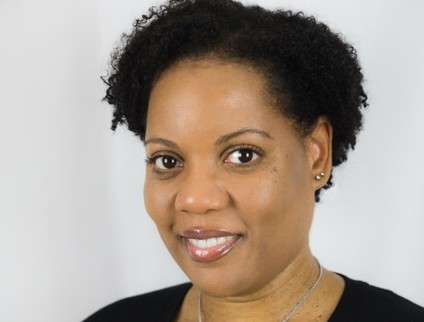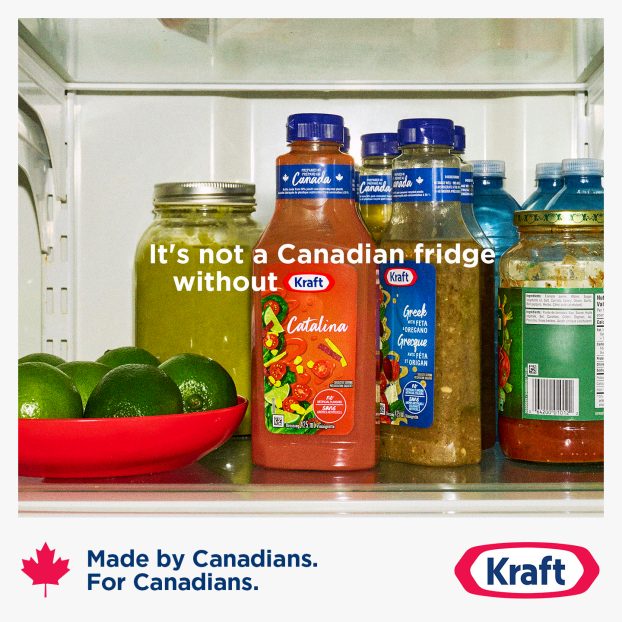Canadians are more willing than ever to switch banks, but there are certain factors that can help salvage some loyalty, according to a new study, which also points to potential areas of growth when trying to reach millennials and new Canadians.
Yahoo and Fresh Intelligence surveyed 1,260 Canadians representative of the total population online.
More Canadians are switching banks, with 19% changing their main banking provider in the last five years, compared to 13% in 2013, with 48% saying they’d be willing to switch if there is an opportunity for better service or more savings. They also have an average of five financial products, with the most popular being chequing accounts, credit cards, savings accounts, TFSAs and RRSPs, and more than half (55%) have products with multiple institutions.
For 35% of Canadians, they switched because they wanted a bank that “better fit their needs.” When it comes to what those needs are, over half pointed to low account fees and good customer service, with 39% saying a good website and good reputation and 37% saying convenient branch locations.
Just under one quarter of Canadians said they switched because they wanted a more convenient bank, with 21% saying they were looking for better customer service, or that they were looking for a product their previous bank didn’t offer.
Having a strong digital presence is also becoming more important, with 63% of Canadians saying they’d be willing to do all of their banking online (compared to 52% in 2013), though their preference is to do it through a website (56%) rather than a mobile app (30%). Online banking is also the most frequent touchpoint between a consumer and their bank, with 68% using it at least once ever few weeks, compared to 61% who said the same of visiting an ATM, 41% who use the mobile app and 38% who go into a branch.
Millennials have slightly different priorities when it comes to which financial products they are using, and which ones could be areas for growth. They are more likely than the general population to switch banks, and are less likely to have an RRSP (43%, compared to 54% of the general population), a line of credit (32%, compared to 41%) or a financial adviser (14%, compared to 25%). They were also more likely to switch based on promotional offers, like cash rewards or other prizes.
New Canadians are even more likely to switch banks, and are significantly less likely to have a TFSA (31%, compared to 54% of the general population), line of credit (20%, compared to 41%), mortgage (23%, compared to 34%), RRSP (25%, compared to 54%) or financial adviser (10%, compared to 25%). They are also more likely than the general population to seek out new institutions that “better fit their needs” (and extremely unlikely to switch based on issues with their previous bank). They are also more eager than the general population to stay up to date on financial news and information that will help them to better manage their money.
Both millennials and new Canadians place more importance on a bank having a good mobile app with a wide variety of functions and an easy-to-use interface, which they are more comfortable doing all of their banking through than the general population.
The banks Canadians are using have, overall, been largely unchanged since 2013. However, TD, RBC and CIBC are significantly more popular with new Canadians than the general population, while TD, RBC and Desjardins are slightly more popular with millennials.
Featured image via Shutterstock
























